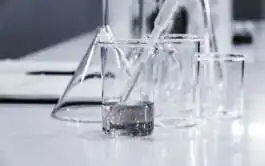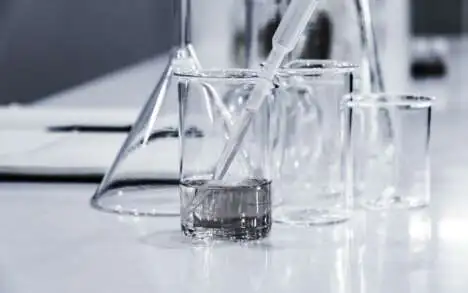Author: Jenny Lin
Registration of medical devices in China requires a clinical evaluation report (CER) regardless of the device classification. For many, preparing a CER that meets China’s requirements is a daunting challenge due to the regulator’s specific requirements that are different from other jurisdictions.
There are three pathways in compiling a CER, this is dependent on whether a device is exempt from clinical studies and if a device is a new or a variant to an existing product in China. You will learn which pathway is suitable for your device in the following sections.
Class I
The China CER for Class I devices require the following minimum elements:
- Product intended use: product functions, applicable disease states, target users, skills/knowledge/training required for the operation of the device, and any devices to be used in combination with the device.
- The environment of use: locations of use, such as hospitals, clinical labs, ambulances or homes, and any environmental conditions that may affect product safety and efficacy (such as pressure and temperatures).
- Applicable population: target population (adults, children or infants), patient selection criteria, parameters to be monitored and factors to be considered during the use of the device.
- Contraindications (if applicable).
- Comparison of clinical use conditions to similar devices on the market.
- Information on adverse events of similar devices on the market.
Class II and III
There are two separate pathways to clinical evaluation of Class II and III medical devices in China, depending on whether or not the device is listed on the National Medical Products Administration (NMPA) Catalogue of Medical Devices Exempted from Clinical Trial (“Exemption Catalogue”).
As NMPA updates this list regularly, manufacturers must ensure they check the latest published version.
Pathway 1 – Exempted pathway
Criteria: Devices that are listed on the NMPA “Exemption Catalogue” are eligible for an Exempted pathway. A China CER under this pathway consists of two comparison tables:
- The first table is to demonstrate that the device fits the item listed on the Exemption Catalogue.
- The second table is to compare all applicable aspects of the subject device with those of the predicate (e.g. structure and composition, working principles, production processes, performance requirements, safety evaluations such as biocompatibility and electrical safety, core functions of the software, standards used, intended purpose, manufacturing process, method of sterilisation, labelling and method of use). As is the case with other jurisdictions (e.g., USA), the items for comparison will vary depending on the nature of the product. Gaps between the compared devices should be supported by evidence which demonstrates no new questions of safety or efficacy are raised (e.g., bench testing or clinical data).
Pathway 2 – CER based on predicate clinical data
Criteria: Devices that are not listed on the NMPA “Exemption Catalogue” but which are substantially equivalent to a predicate device in China may be eligible for this pathway.
Note that as the CER hinges on clinical data from a Chinese predicate and this pathway is in practice, only feasible when the predicate is the previous generation of the manufacturer’s device, or when the manufacturer has authorised access to the detailed clinical data from the manufacturer’s predicate device.
The CER under this pathway is mainly comprised of three parts:
- The rationale for why the chosen predicate is appropriate (i.e., a comparison table between the subject device and the predicate) and the relevant supporting documents;
- Non-clinical and clinical data of the device pending registration, including a literature review and post-market information such as adverse events, complaints and corrective measures;
- Clinical data of the predicate, including literature review, clinical trial data, post-market information and specific data on the Chinese population.
Pathway 3 – CER based on local clinical trial
Clinical evidence for Devices that are not listed on the NMPA “Exemption Catalogue” and for which access to Chinese predicate’s data is not possible are required to include local clinical study data in the submission package.
The CER under this pathway is comprised of all information relevant to the local clinical studies, including:
- clinical study information such as overall summary, protocols, data analysis and reports;
- ethic committee approvals from the study sites and patient informed consent forms; and
- other supporting documentation such as literature review.
While it is possible to present overseas clinical trial data in lieu of local studies, there are many factors to be considered which include demographic differences and discrepancies on the clinical trial requirements (e.g., overseas GCP vs. China GCP). As such, leveraging overseas clinical data often proves difficult under the current NMPA assessment practices.
Upcoming Changes
In January 2020, NMPA published draft guidance for Clinical Evaluation Reports. Whist the draft is essentially a translated copy of the IMDRF 2019 guidance documents for CER (“IMDRF MDCE WG/N55, N56 and N57) and demonstrates the agency’s attempt to harmonise its requirements with the global approach, the actual implementation will require substantial reforms of NMPA regulations/requirements. For example, there is no guidance on how manufacturers can demonstrate the “ongoing” compliance of product safety and performance in terms of clinical data assessment (such as PMCF), which is part of the requirements in the IMDRF’s guidance.
We will keep you informed of further announcements from NMPA on this topic. The final version of the NMPA’s new guidance is expected to be released during 2021.Contact us








